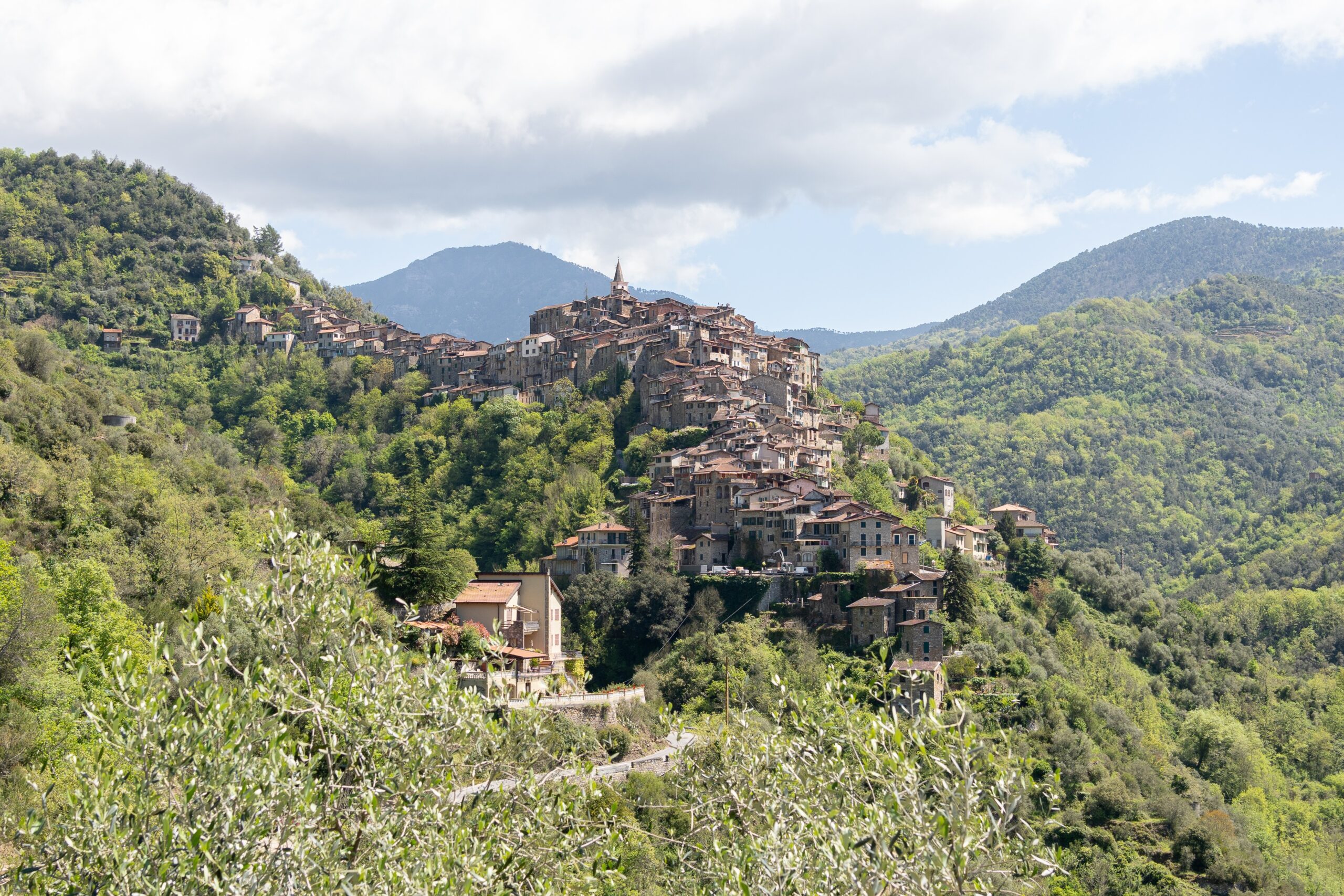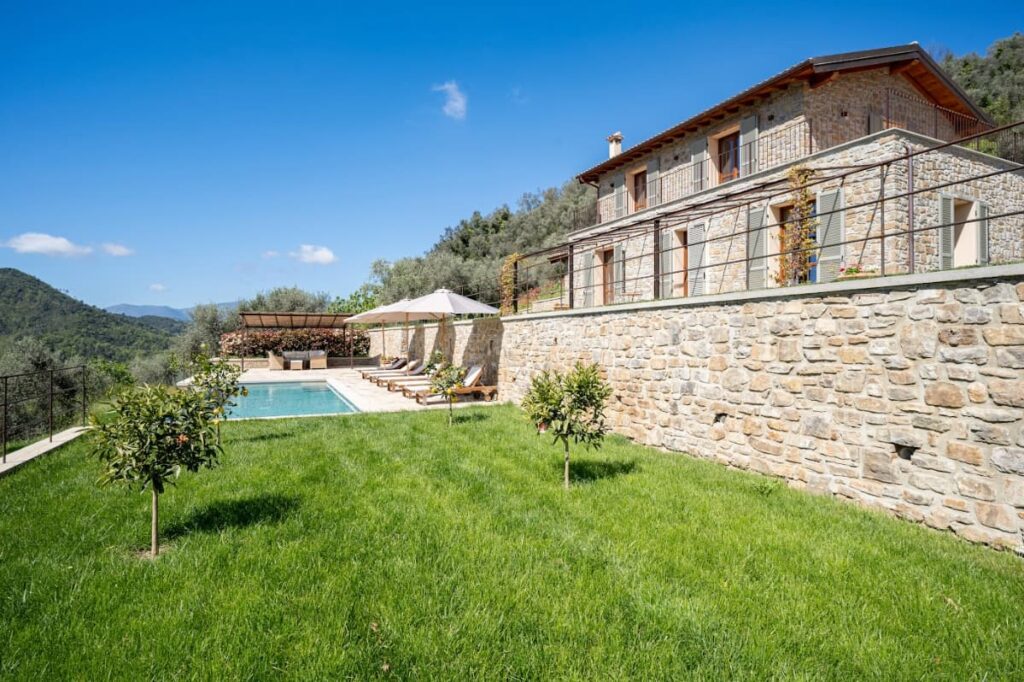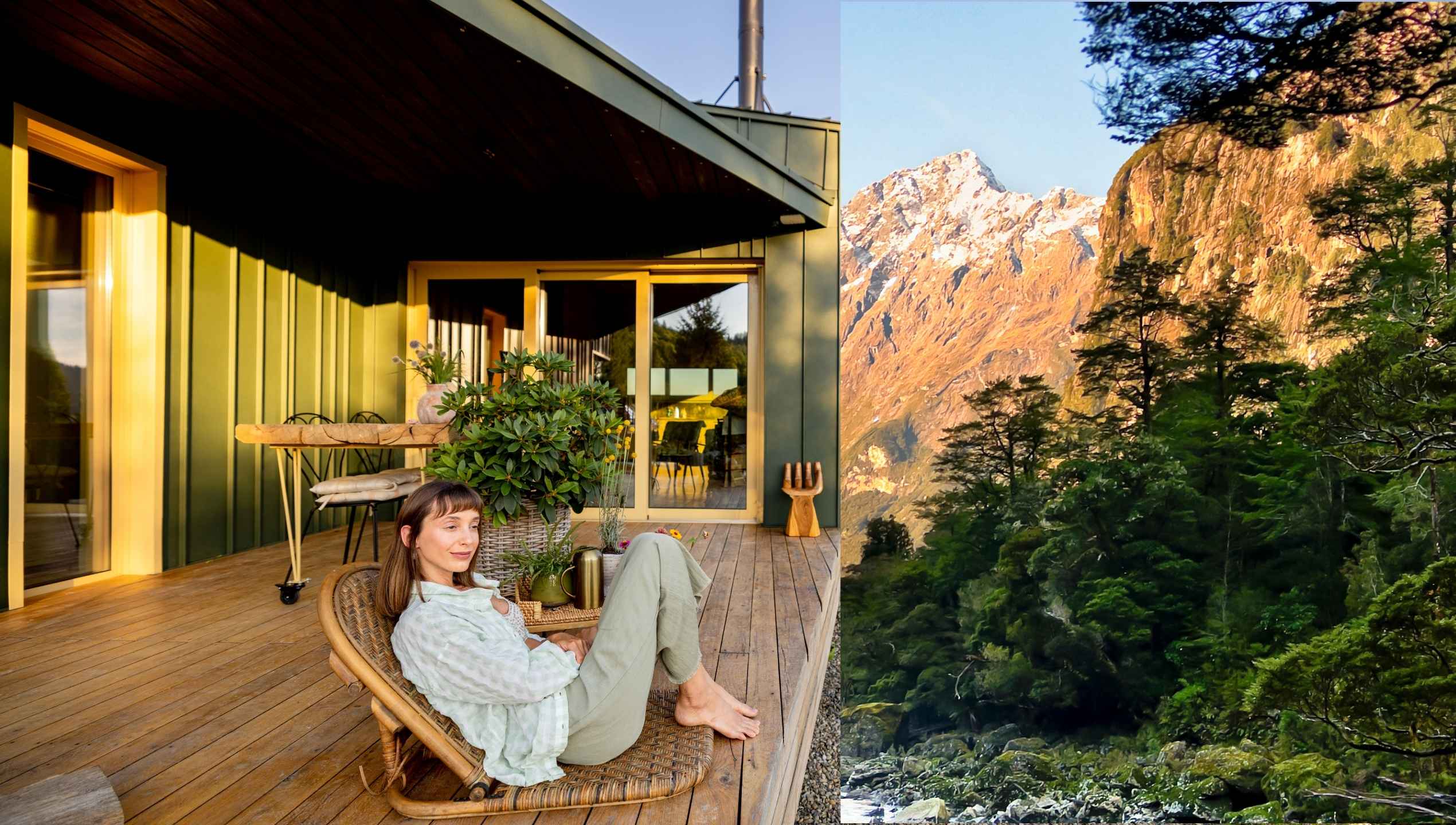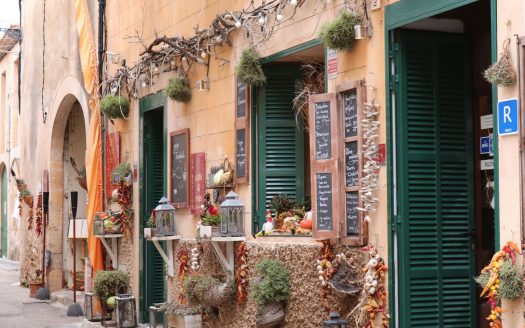Why Liguria's Least-Known Corner Is Quietly Becoming the Smart Money's Riviera Retreat
There’s a particular species of British property buyer who has spent the past decade scouring Provence for la vie en rose, only to discover that every other person at the Waitrose in Godalming had precisely the same idea. The Luberon is now so reliably anglophone that ordering a pain au chocolat in Bonnieux requires less French than a GCSE oral exam. So where does the discerning second-home hunter turn when Provence feels like Primrose Hill with better bread?
The answer, increasingly, lies just across the French border in a corner of Liguria that most Brits couldn’t find on a map with a compass and a fortnight’s grace. The hinterland behind Italy’s western Riviera—specifically the medieval villages perched above Bordighera and San Remo—has quietly become the destination for buyers who want Mediterranean sunshine, Michelin-level dining, and Monaco’s casino floor within an hour’s drive, but without the eye-watering price tags or summer coach parties that now define the Côte d’Azur.
The Property Market: Where Your Money Actually Buys Something
Whilst a three-bedroom stone farmhouse in the Var will cheerfully relieve you of €1,000,000 before you’ve even addressed the collapsed barn, comparable properties in Liguria’s Val Nervia—the verdant valley that winds inland from Ventimiglia—still trade between €450,000 and €850,000 for turnkey renovations with land. New-build villas with pools, solar arrays, and that all-important infinity view start around €1,000,000 for 150–180 m², roughly half what equivalent properties command in Grasse or Valbonne.
The reasons are prosaic but powerful. Liguria has historically attracted Italian buyers from Milan, Turin, and Genoa—wealthy cities, to be sure, but ones where second-home budgets don’t stretch to the oligarch-fuelled madness of the French Riviera. Planning laws are strict (this is Italy, after all, where bureaucracy is an art form), which has limited overdevelopment and preserved the region’s medieval character. And whilst international buyers from Northern Europe, the Gulf, and increasingly Asia have discovered coastal hotspots like Portofino and the Cinque Terre, the inland villages remain delightfully off-radar.
Enter the smarter set: senior executives from London and Zurich seeking bolt-holes within 90 minutes of Nice or Geneva airports; Monegasque residents looking for weekend estates beyond the principality’s 2.02 km² confines; and a growing cohort of Americans who’ve realised that Italian residency permits are rather easier to navigate than French ones, and that a 40-minute drive to Monte Carlo beats a six-hour schlep from Tuscany.

Apricale: Where Medieval Meets Martini O’Clock
If you’re going to plant your flag in this corner of Liguria, Apricale makes a persuasive case. Officially listed among I Borghi più belli d’Italia—Italy’s “Most Beautiful Villages” club, which is rather more exclusive than it sounds—this pine-cone-shaped hamlet of 600 souls clings to a hillside 13 kilometres inland from the coast, sun-drenched (the name derives from the Latin apricus) and utterly preserved.
The castello—restored and now serving as a cultural centre—anchors the village, whilst Gothic fountains, 13th-century gates, and frescoed churches provide the sort of backdrop that makes dinner-party Instagram stories genuinely envy-inducing. Contemporary murals and sculptures add unexpected modern flourishes; there’s even a bicycle perched atop the bell tower, installed by a local artist with either a marvellous sense of whimsy or far too much time on his hands.
But Apricale’s real genius is gastronomic. Apricus Osteria & Bar, which occupies a terrace overlooking olive-cloaked valleys, serves vitello tonnato and fried courgette blossoms that would hold their own in any Piedmontese trattoria, whilst Ristorante Apricale Da Delio specialises in local rabbit stew with olives—earthy, rich, and best enjoyed with a carafe of Vermentino and no plans beyond a postprandial nap. A Ciassa, in the main square, does exceptional pasta and savoury pies, the kind of simple, ingredient-led cooking that reminds you why Ligurian cuisine doesn’t need truffle oil or foam.
What To Actually Do (Beyond Eating and Drinking)
For the energetic—or those feigning energy to justify the previous night’s carafe consumption—hiking trails web through the valley, connecting Apricale to Dolceacqua (famous for its medieval bridge and Rossese wine), Perinaldo (home to an astronomical observatory), and a dozen other stone villages threaded through terraced olive groves. These aren’t strenuous Alpine slogs; think gentle gradients, dappled shade, and the occasional agriturismo strategically positioned for a restorative glass of something local.
The coast lies 15 minutes down winding roads that deserve a decent roadster and a playlist heavy on Serge Gainsbourg. San Remo, 26 kilometres west, offers belle époque grandeur, a casino that predates Monte Carlo’s, and a yacht harbour where the boats are ostentatious but not yet absurd. The town’s market—stretching along the old port every Saturday—is a serious affair of Ligurian olive oil, focaccia, and aged cheeses that put English farmers’ markets to shame.
Cross into France and you’re on the Côte d’Azur proper. Monaco sits 40 minutes west—close enough for a flutter at the tables or a Nobu dinner, far enough that you’re not priced into property madness or jostling with superyacht crews for café tables. Nice, roughly an hour via the A8, offers museums, markets, and an international airport with direct connections to London, Geneva, and Dubai—crucial for the fractional ownership set who measure convenience in flight frequencies.

The Fractional Ownership Angle: All the Charm, None of the Hassle
Here’s where it gets interesting for those who want access without full-time commitment. Fractional ownership—buying a one-eighth share, typically—has matured beyond timeshare’s dodgy reputation into something rather more sophisticated. You’re purchasing a deeded share of the property, with proper legal ownership, resale rights, and inheritance provisions. More importantly, you’re sharing the running costs: pool maintenance, solar servicing, property taxes, and the inevitable Italian bureaucracy all divide eight ways.
Around 200,000€, depending on the property, you secure six to eight weeks of annual usage (often structured around peak summer, shoulder seasons, and Christmas breaks), professional management that handles everything from linen changes to boiler servicing, and the flexibility to walk away from the property for a year if work or health intervenes—something whole ownership makes rather expensive.
The model appeals particularly to buyers who’ve done the Tuscan farmhouse thing, discovered they use it five weeks a year, and resent paying 100% of the heating bills for the other 47. It also sidesteps the post-Brexit reality that British passport holders face 90-day caps on Schengen stays within any 180-day period—a headache for anyone planning extended Continental summers.
The Verdict
Liguria’s inland villages won’t suit everyone. If you require Heathrow-to-doorstep times under three hours, or need a Gail’s Bakery within cycling distance, look elsewhere. But for those who’ve tired of the Provençal crowds, who appreciate that good olive oil and quiet villages are luxuries money increasingly can’t buy, and who recognise that being an hour from Monaco is rather more useful than being in Monaco, this corner of Italy makes a compelling case.
Just don’t tell too many people. The Godalming set have only just worked out where the Luberon is.
Check Our Destinations
Ready to own that dream property?
Get in touch with our team to secure your share today.



